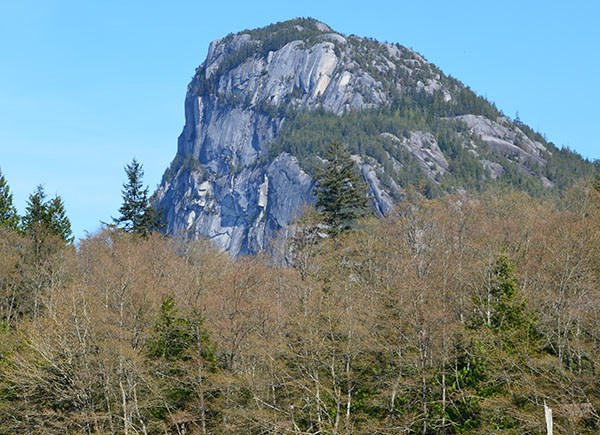A predictable thing has happened since the opening of the Sea to Sky Gondola. More people are climbing to the summit of Sky Pilot.
Francis St-Pierre, the president of the B.C. Mountaineering Club, reports more people than ever are taking in the view from the top of Sky Pilot because the gondola makes it much easier to get there.
John Howe with Squamish Search and Rescue tells us his organization is working with the team at the gondola to ensure they are co-ordinated when calls for help come in from the area around the gondola. He notes the call volume from the terrain around the gondola has gone up since the lift started operating. That was bound to happen and comes as no surprise. Sadly, one person has already died after riding up the gondola, venturing into the backcountry and getting into dangerous terrain without proper gear.
Owen Phillip James Hosford, 26, of Vancouver fell to his death on July 5 in an area described as “an advanced climbing area” by search and rescue volunteers.
The gondola operators appear to be doing a good job of making sure people go into the backcountry after riding the gondola with their eyes wide open and their backpacks full of what they need.
Despite that good work, unprepared people who don’t really understand the dangers they face in our rugged mountains are going to places where they probably shouldn’t be.
Looking ahead a few years, these same concerns are going to resurface on the steep rock faces on Dalton Dome, Atwell Peak and Mt. Garibaldi.
When Garibaldi at Squamish is built, these exact same concerns are going to confront us. The amount of terrain that will become more accessible from Brohm Ridge is significant.
The use of the word “when” is quite deliberate in this context. If the project isn’t built, the access to the backcountry from Brohm Ridge won’t change drastically from what we see now.
If the mountain resort is built, the terrain around the mountain cluster between Paul and Brohm Ridges will become much easier to reach for people looking for a deeper mountain wilderness experience.
This isn’t new for our region. Whistler Blackcomb has been dealing with backcountry access issues since the first lifts were installed at Creekside in 1966.
In recent years, advances in backcountry winter gear technology have played a key role in a significant surge in the sale of the gear.
More and more people are going into the backcountry to ski, snowboard, snowshoe, ice climb, snowmobile, ride dirt bike, ride ATVs, hike and cycle. And, the gear is so light and easy to use that many are combining their experiences by snowmobiling up in pairs to the top of a slope with a split board. Groups are sharing turns in this way to ski virgin powder slopes in places where commercial operators don’t have tenure.
Interest in backcountry adventures is on the rise as more and more people seek the quiet solitude that can only be found in the backcountry.



